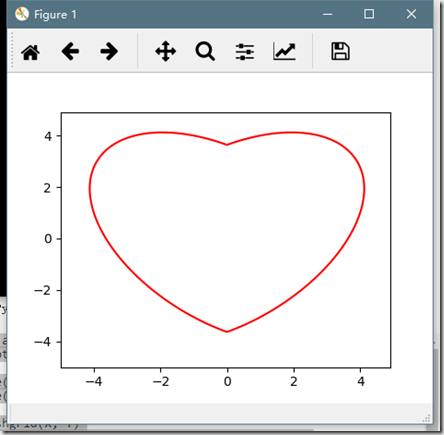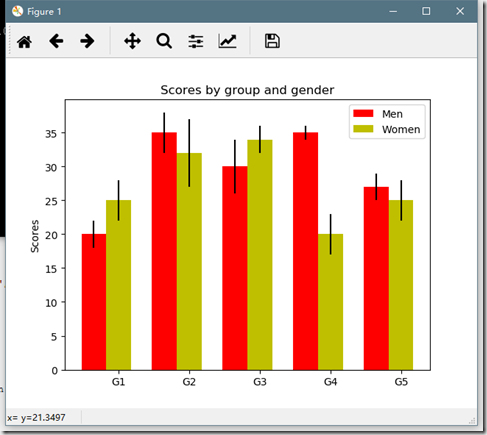先安装好TensorFlow。
1.安装sklearn
本安装方式是在anaconda prompt上用命令来更新
(1)激活TensorFlow:activate tensorflow
(2)查看是否有sklearn:conda list
(3)安装:conda install scikit-learn
sklearn使用示例:
>>> import numpy as np >>> from sklearn.model_selection import train_test_split >>> X, y = np.arange(10).reshape((5, 2)), range(5) >>> X array([[0, 1], [2, 3], [4, 5], [6, 7], [8, 9]]) >>> list(y) [0, 1, 2, 3, 4]
>>> X_train, X_test, y_train, y_test = train_test_split( ... X, y, test_size=0.33, random_state=42) ... >>> X_train array([[4, 5], [0, 1], [6, 7]]) >>> y_train [2, 0, 3] >>> X_test array([[2, 3], [8, 9]]) >>> y_test [1, 4]
>>> train_test_split(y, shuffle=False) [[0, 1, 2], [3, 4]]
2.安装matplotlib
安装与1相同
(1)激活TensorFlow:activate tensorflow
(2)查看是否有sklearn:conda list
(3)安装:conda install matplotlib
matplotlib使用示例:
import matplotlib import numpy import scipy import matplotlib.pyplot as plt plt.plot([1,2,3]) plt.ylabel('some numbers') plt.show()
import numpy as np import matplotlib.pyplot as plt X = np.arange(-5.0, 5.0, 0.1) Y = np.arange(-5.0, 5.0, 0.1) x, y = np.meshgrid(X, Y) f = 17 * x ** 2 - 16 * np.abs(x) * y + 17 * y ** 2 - 225 fig = plt.figure() cs = plt.contour(x, y, f, 0, colors = 'r') plt.show()
import numpy as np import matplotlib.pyplot as plt N = 5 menMeans = (20, 35, 30, 35, 27) menStd = (2, 3, 4, 1, 2) ind = np.arange(N) # the x locations for the groups width = 0.35 # the width of the bars fig, ax = plt.subplots() rects1 = ax.bar(ind, menMeans, width, color='r', yerr=menStd) womenMeans = (25, 32, 34, 20, 25) womenStd = (3, 5, 2, 3, 3) rects2 = ax.bar(ind+width, womenMeans, width, color='y', yerr=womenStd) # add some ax.set_ylabel('Scores') ax.set_title('Scores by group and gender') ax.set_xticks(ind+width) ax.set_xticklabels( ('G1', 'G2', 'G3', 'G4', 'G5') ) ax.legend( (rects1[0], rects2[0]), ('Men', 'Women') ) def autolabel(rects): # attach some text labels for rect in rects: height = rect.get_height() ax.text(rect.get_x()+rect.get_width()/2., 1.05*height, '%d'%int(height), ha='center', va='bottom') autolabel(rects1) autolabel(rects2) plt.show()


